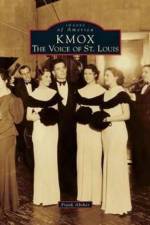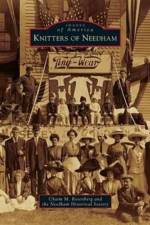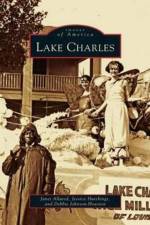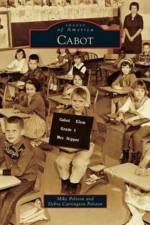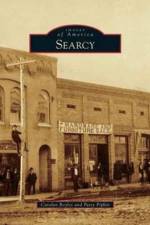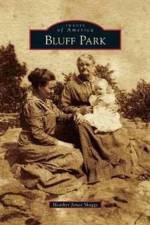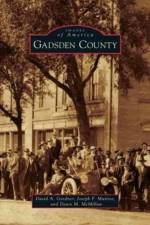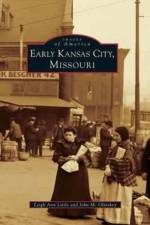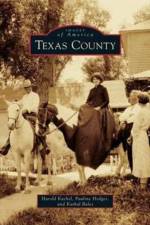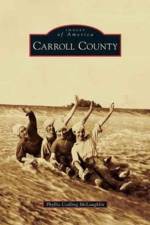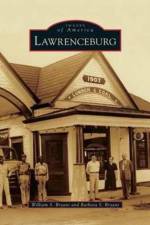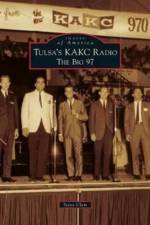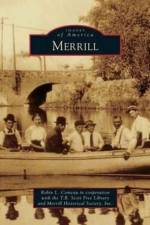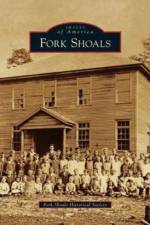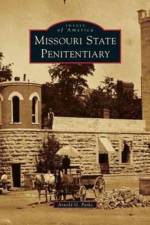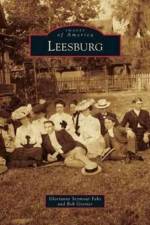av Kim A Evans
387
Located in the extreme northwest corner of Missouri and bordered by Nebraska and Iowa, Atchison County was named for Civil War Maj. Gen. David Rice Atchison, whose biggest claim to fame is that he was president of the United States for one day. Native American tribes such as the Potawatomi, Ioway, Sac, and Fox all passed through this area or called Atchison County home. After the Louisiana Purchase, settlers began their trek west, and Atchison County was a major crossroads as it was bounded on the west by the Missouri River. The county was divided into townships, and three of them, Bluff, Tarkio, and Polk, lost at least half of their land in what was claimed later by the State of Iowa in the Honey War, a bloodless territorial conflict. Agriculture has always been a way of life in Atchison County; in 1877, the county assessor reported over 1,600 mules, 49,000 swine, and 6,700 horses. Today, Atchison County boasts many self-employed farmers and ranchers, as well as a swine-breeding facility that employs 65 people. In addition, it has an 18-bed hospital, three public schools, three newspapers, two wind farms with 100 wind turbines, and many other businesses.

